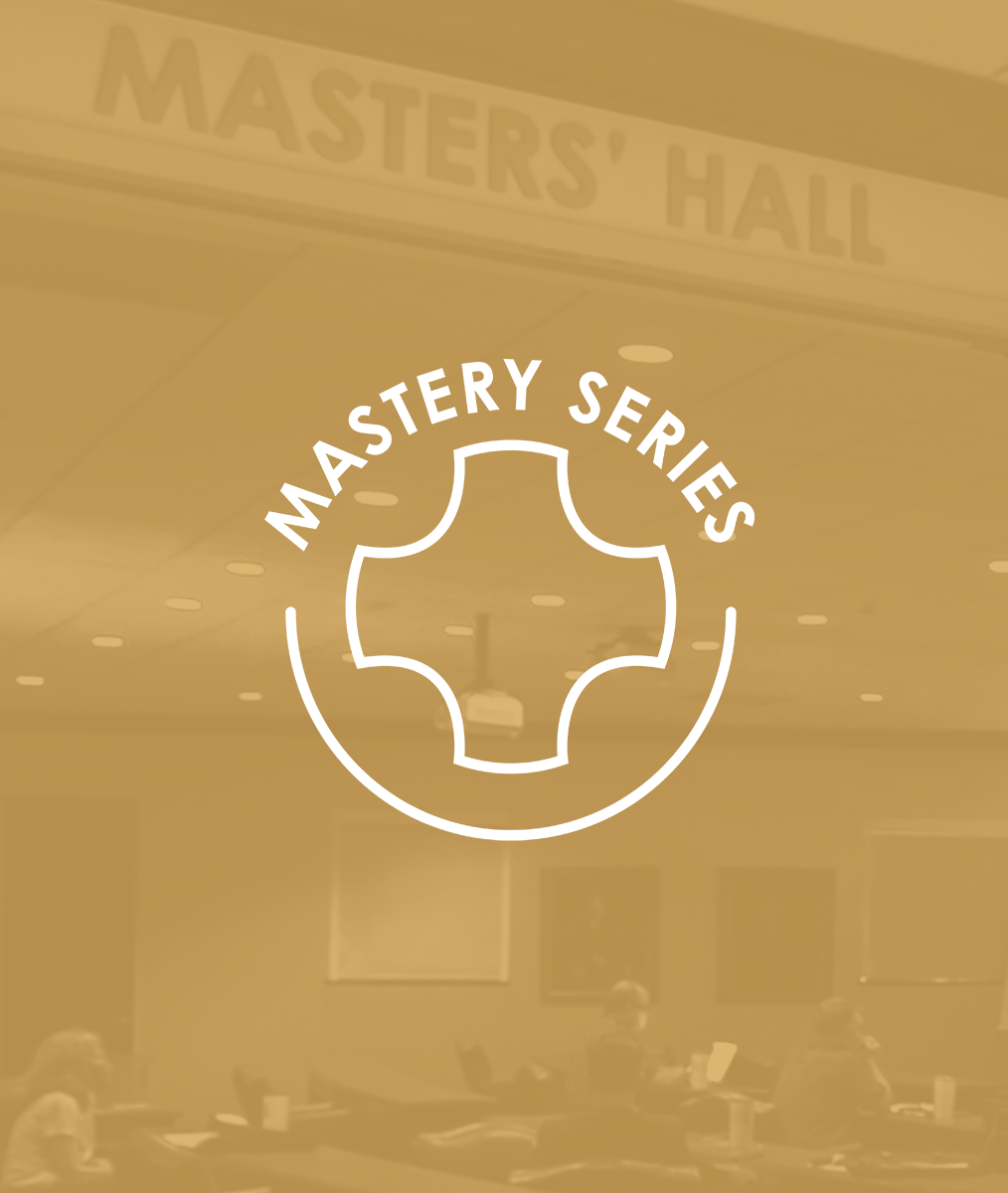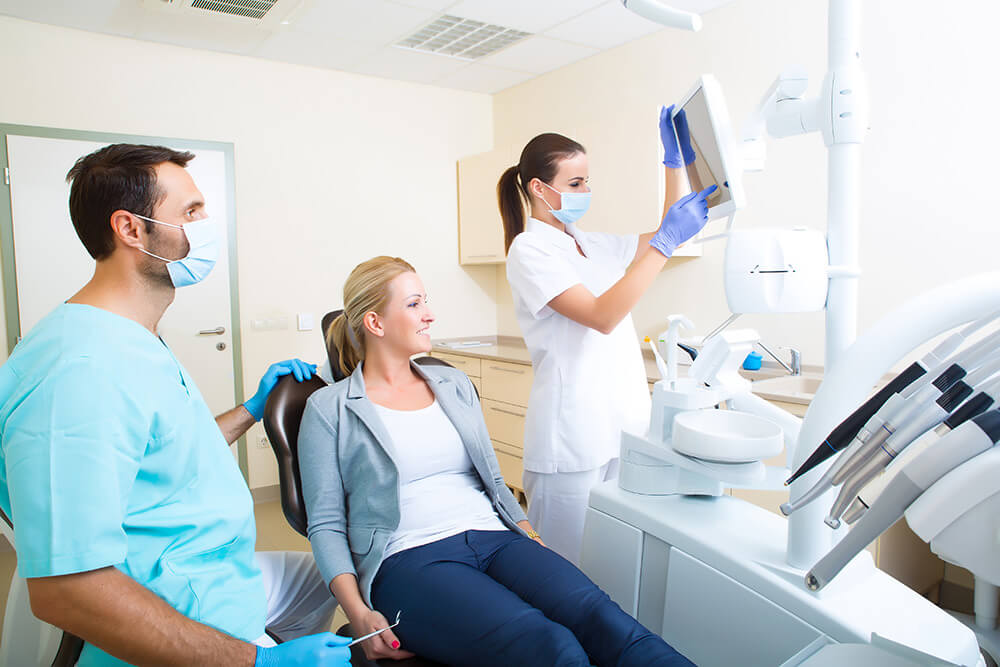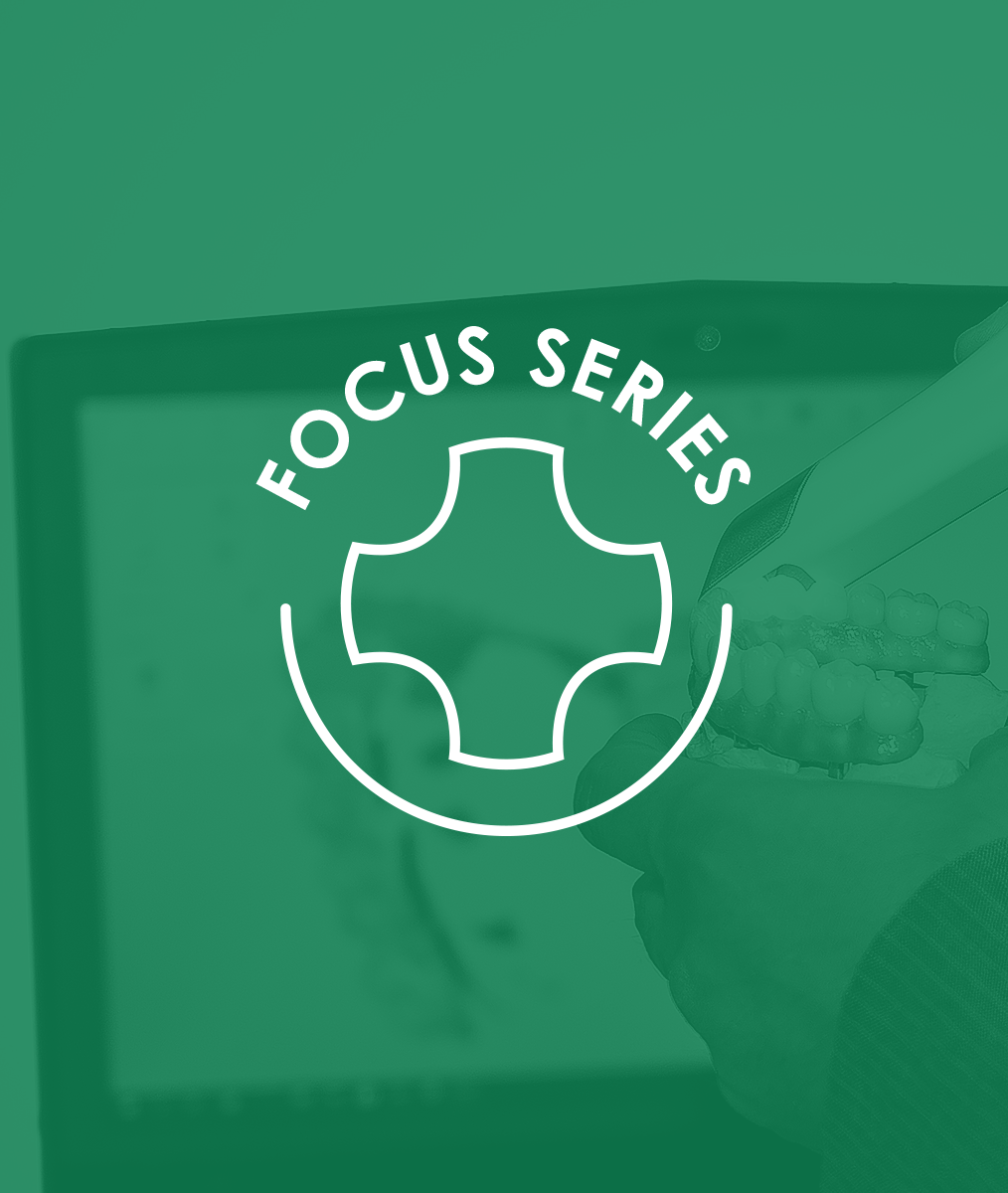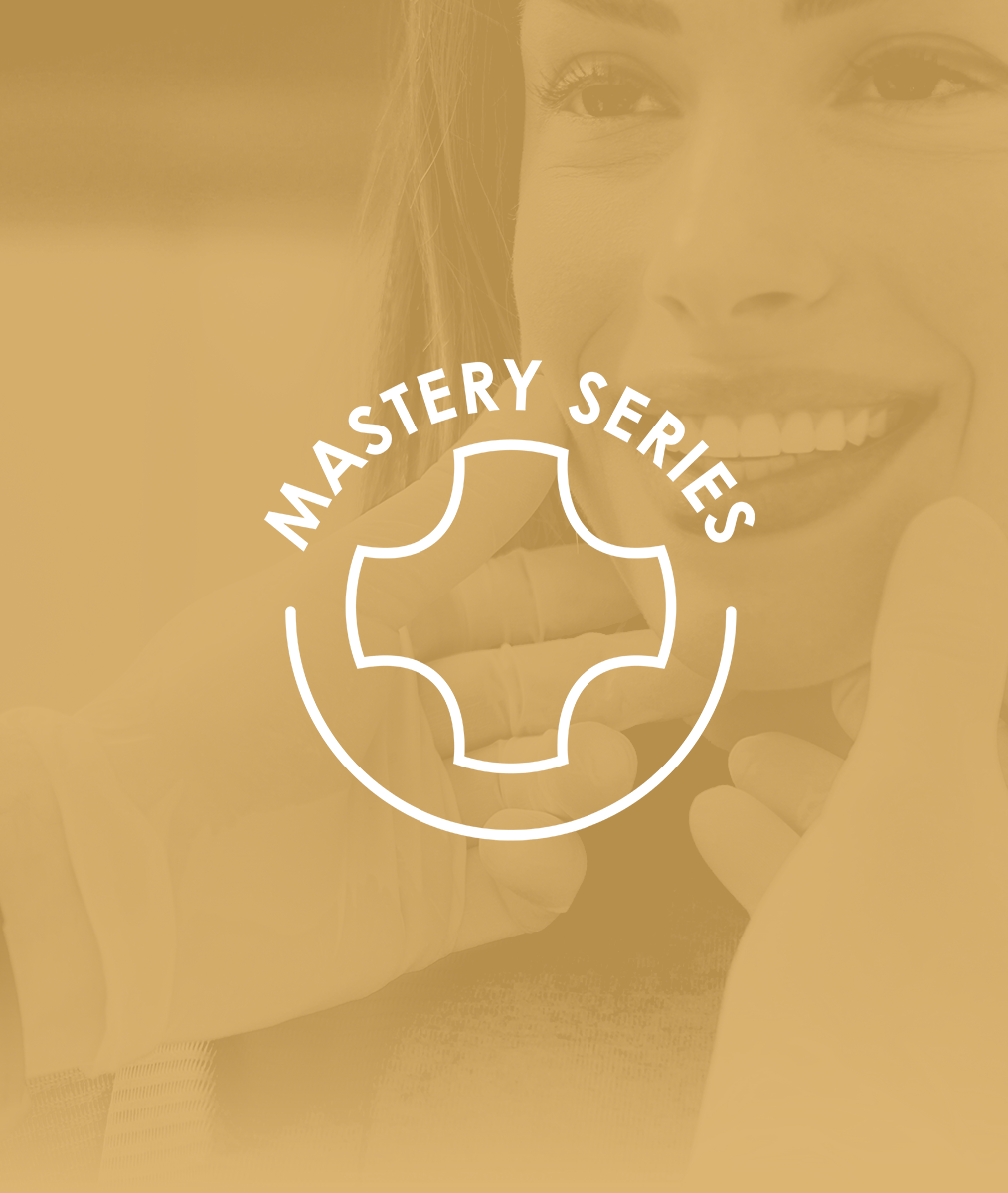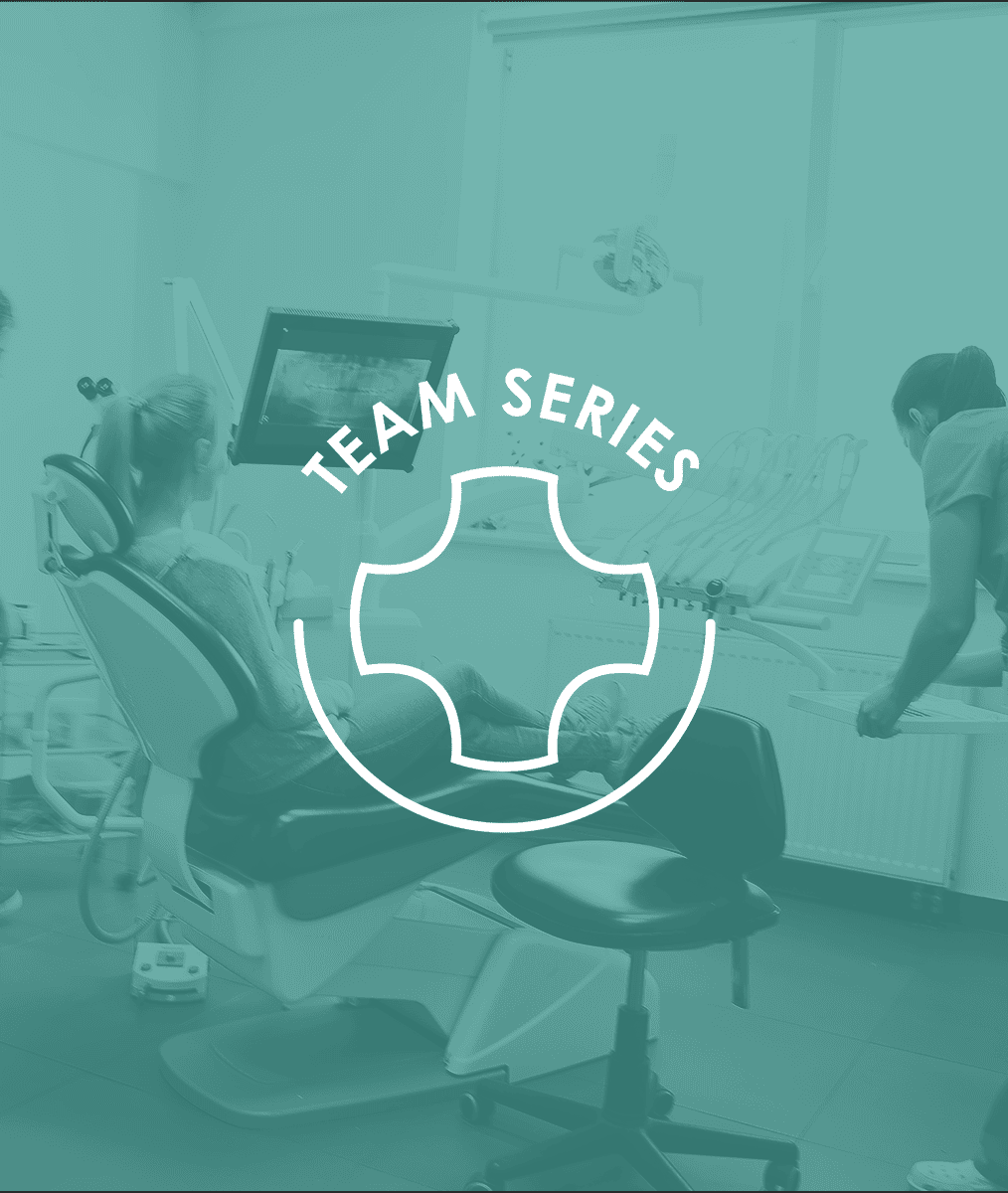Dear New Associate
A great doctor-patient relationship is the key to delivering quality care. The ideal model to help people move toward optimal oral health is based on a behavioral approach that we can use every day. This approach is allowing the patient to drive outcomes.
An illustrative example:
There is a stark difference in a patient’s emotional response between being told, “You need a filling,” and saying, “You have decay in your tooth. How would you like us to address that?”
The principles of this approach are not difficult.
- You need to honestly commit to always placing the best interest of the patient first. You cannot fake this. All of us know when others are not sincere.
- Letting the patient drive the outcomes is a habit developed from committing to this approach and intentionally choosing your words to put the ball in your patient’s hands, then waiting for their response and listening well to clearly understand the outcome desired by the patient.
- Is the outcome congruent with your philosophy and standard of care? Does the patient need more information and time to come to an understanding of what is in their best health interest? How might you lead them there? Most folks really do want the best for themselves and their family. They will make good decisions if we provide the proper environment and education.
- You, the patient, and your team must be comfortable with the means necessary to get to the outcome desired. Both you and the patient must be comfortable with the time, energy and dollars involved in reaching a mutually agreed upon goal. A key element in eliminating stress and dependence on insurance, is painting the picture for your patient that they are in control of the outcome–not their insurance company. You and the patient have the patient’s best interest at heart, not a third party. I say this again. You are working on behalf of your patient, and with this approach, they are in control, not an insurance company.
Does this approach take more time and effort up front? Yes. However, once you adopt this approach you will be forever glad you did. Patients who enter your practice through this system will value you, your staff, and your care. They will commit to more and better dentistry and pay with gratitude. You and your staff will have lower stress and more fun because you are dealing with people you understand at a deeper level. Long-term, these people will refer new clients just like them.
I didn’t invent this model. I learned it from great mentors like L. D. Pankey and half a century of folks participating in The Pankey Institute and passing forward the priceless and timeless value of this approach.
Mentorship from the Institute will help you on your way to long-term success as a thriving dentist. As my colleague Dr. Barry F. Polansky often writes, “Mastery in dentistry is a continuous journey.” It’s a lifetime of learning, practicing, and reflection that enables us to more easily and fully transform the health of others who present themselves for our care. The journey, itself, propels us forward into greater and greater connection with our patients and our true selves.
Pankey Institute mentoring and encouragement made all the difference in my life and the lives of countless others. When I try to sum up the dental professionals and patients this “approach” has positively impacted, I get lost in counting the millions we have touched as a community dedicated to putting the dental patient’s best interest first.
Related Course
E1: Aesthetic & Functional Treatment Planning
DATE: January 23 2025 @ 8:00 am - January 26 2025 @ 2:30 pmLocation: The Pankey Institute
CE HOURS: 39
Dentist Tuition: $ 6800
Single Occupancy with Ensuite Private Bath (Per Night): $ 345
Transform your experience of practicing dentistry, increase predictability, profitability and fulfillment. The Essentials Series is the Key, and Aesthetic and Functional Treatment Planning is where your journey begins. Following a system of…
Learn More>









